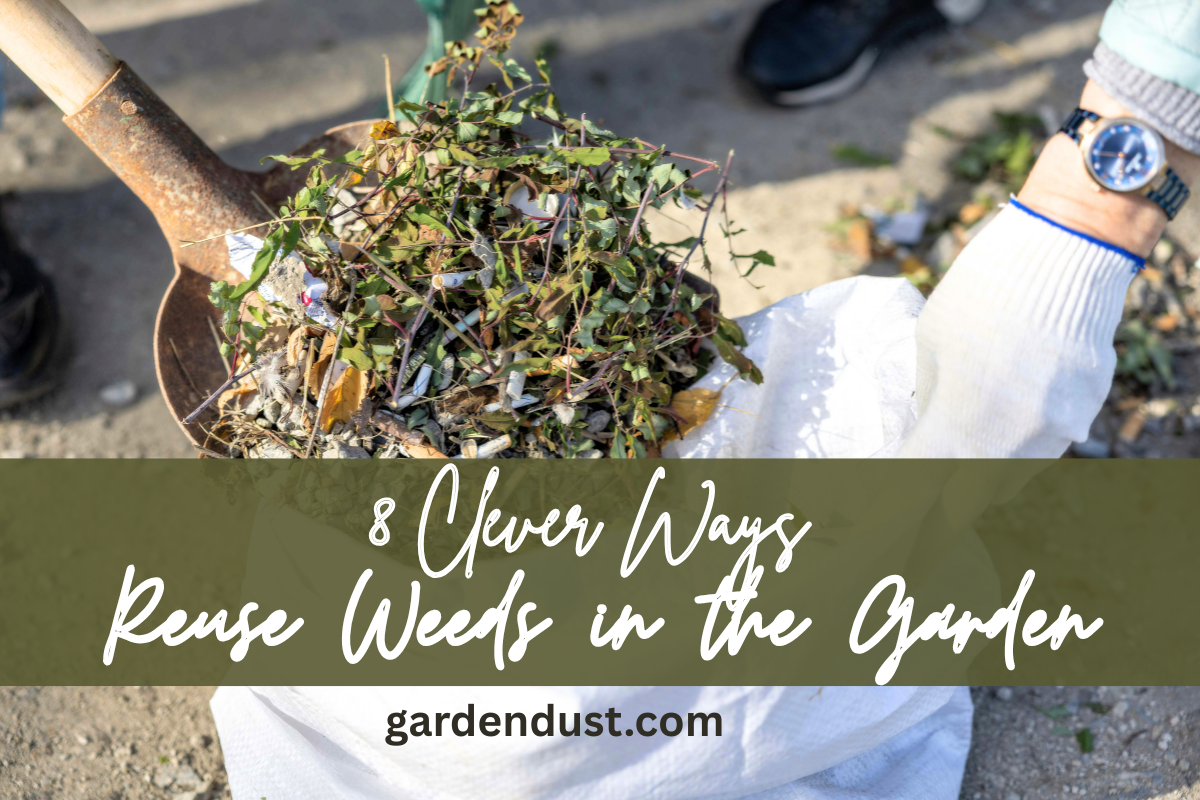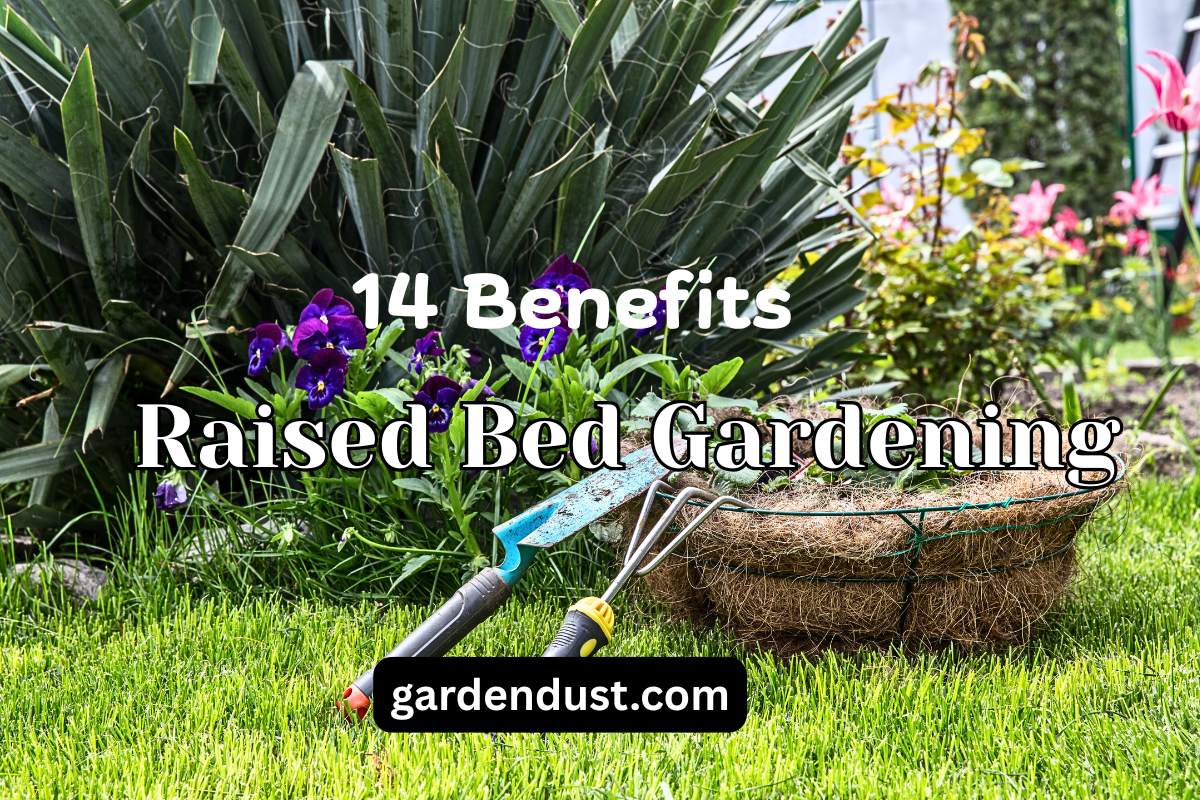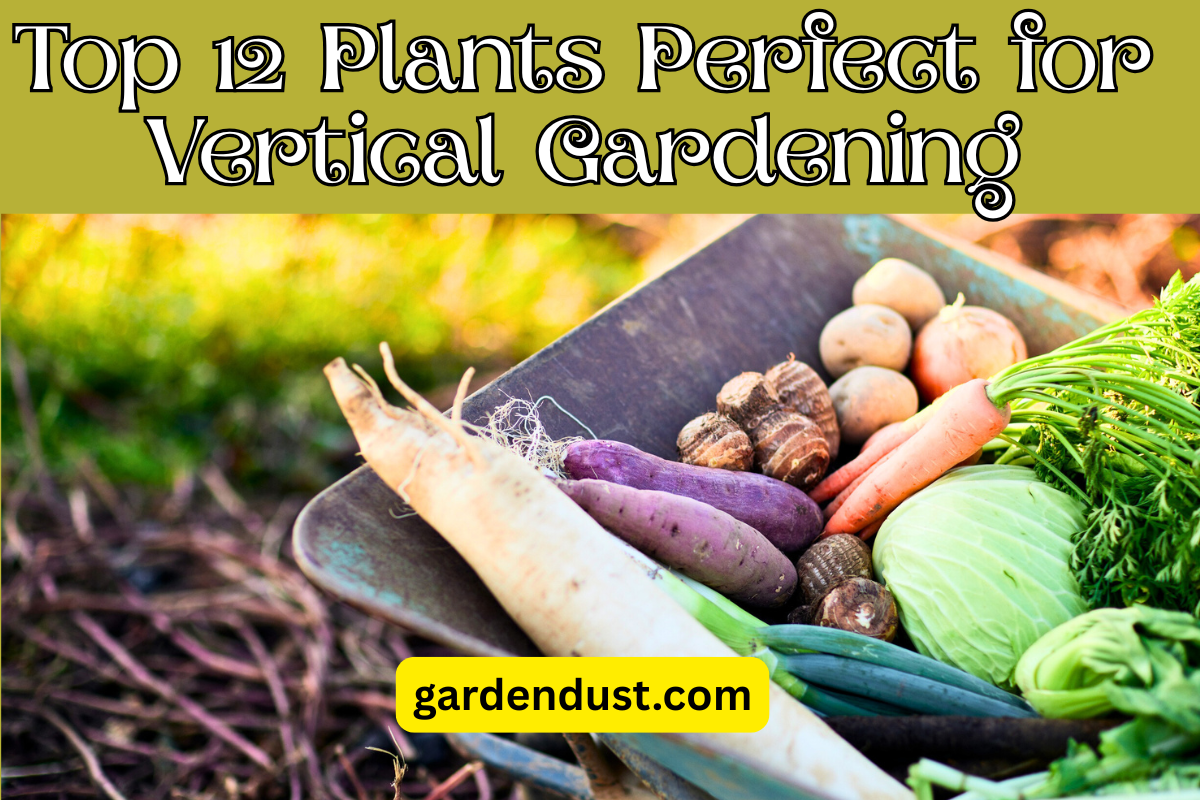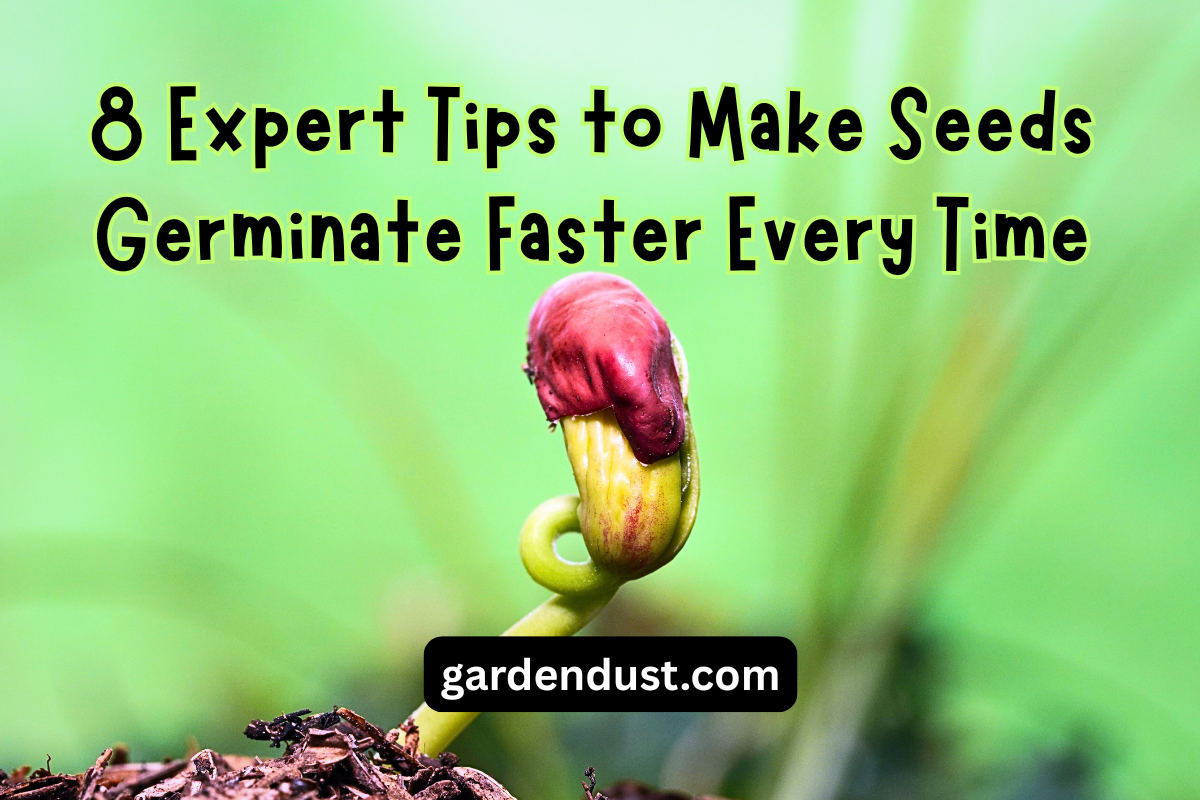Growing your own vegetables is a great way to save money, eat fresh produce, and reduce your carbon footprint. However, growing vegetables outdoors can be challenging, especially if you live in an area with harsh weather conditions or limited space. That’s where a greenhouse comes in handy. A greenhouse allows you to create an optimal environment for your plants, regardless of the weather outside. In this article, we’ll share some tips and techniques for growing a vegetable garden in a greenhouse.
1.Choose the Right Vegetables
When it comes to growing vegetables in a greenhouse, not all plants are created equal. Some vegetables thrive in warm, humid conditions, while others prefer cooler temperatures. Before you start planting, it’s important to do your research and choose the right vegetables for your greenhouse. Here are some examples of vegetables that do well in a greenhouse:
Tomatoes
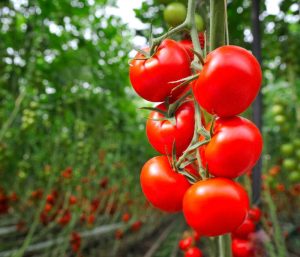
Tomatoes are one of the most popular greenhouse vegetables. They love warm, humid conditions and require plenty of light to grow. There are many different varieties of tomatoes to choose from, including cherry, beefsteak, and roma.
Cucumbers
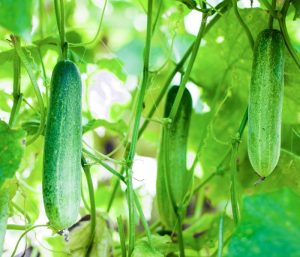
Cucumbers are another great option for greenhouse growing. They prefer warm temperatures and thrive in a humid environment. They also require plenty of light, so be sure to place them in a sunny spot in your greenhouse.
Peppers
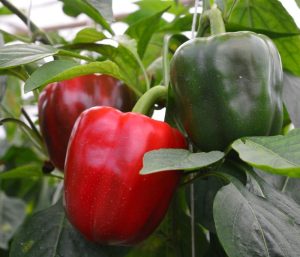
Peppers are a heat-loving plant that does well in a greenhouse. They come in many different varieties, including bell peppers, jalapenos, and habaneros. They require a lot of light and should be planted in a warm, sunny spot.
Leafy greens
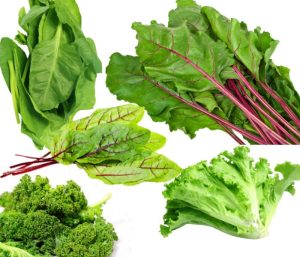
Many types of leafy greens, such as lettuce, spinach, and kale, can be grown in a greenhouse. They prefer cooler temperatures than other greenhouse vegetables and don’t require as much light.
Herbs
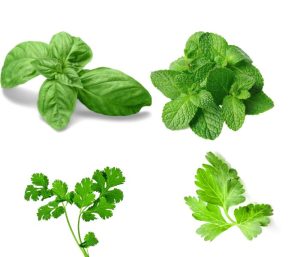
Many herbs, such as basil, cilantro, and parsley, do well in a greenhouse. They prefer warm temperatures and plenty of light.
2.Prepare the Soil
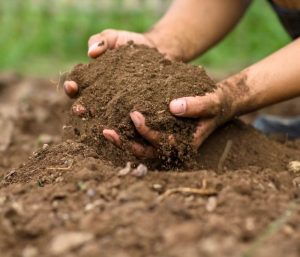
Before you start planting, it’s important to prepare the soil in your greenhouse. The soil in a greenhouse should be rich in nutrients and have good drainage. If your soil is not already fertile, you can add organic matter, such as compost or aged manure, to improve its quality.
It’s also important to ensure that the soil is well-drained. You can achieve this by adding perlite or vermiculite to the soil or by using raised beds with good drainage.
3.Provide Plenty of Light
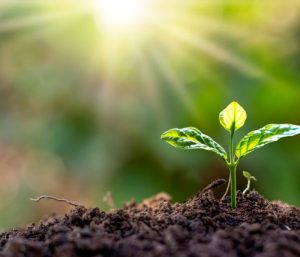
One of the most important factors for growing vegetables in a greenhouse is providing plenty of light. Most vegetables require at least six hours of direct sunlight per day, so be sure to place your plants in a sunny spot in your greenhouse.
If your greenhouse doesn’t receive enough natural light, you can supplement with artificial lighting. LED grow lights are a popular choice for greenhouse growers because they are energy-efficient and provide the full spectrum of light that plants need to grow.
4.Control the Temperature and Humidity
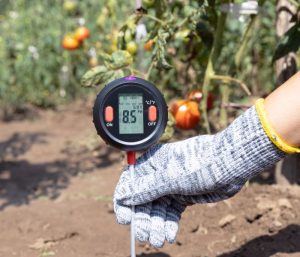
In addition to providing plenty of light, it’s important to control the temperature and humidity in your greenhouse. Most vegetables prefer temperatures between 65 and 75 degrees Fahrenheit, but this can vary depending on the plant. You can use a thermometer to monitor the temperature in your greenhouse and adjust your heating and cooling systems accordingly.
Humidity is also important for greenhouse growing, as it can affect the growth and health of your plants. Most vegetables prefer a humidity level between 50 and 70 percent. You can increase humidity by using a humidifier or by misting your plants with water.
5.Water and Fertilize Regularly
Like all plants, vegetables require regular watering and fertilization to grow and thrive. In a greenhouse, it’s important to water your plants consistently to ensure that they don’t become too dry or too waterlogged
Watering

When it comes to watering your greenhouse vegetables, it’s important to strike a balance between under- and overwatering. Overwatering can lead to root rot, while underwatering can cause your plants to wilt and die. You can use a moisture meter to monitor the moisture level in your soil and water your plants as needed. As a general rule, water your plants when the top inch of soil feels dry to the touch.
Fertilization
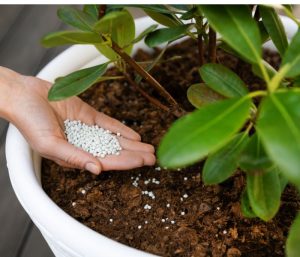
To ensure that your vegetables have the nutrients they need to grow, it’s important to fertilize regularly. There are many different types of fertilizers available, including organic and synthetic options. Organic fertilizers, such as compost, aged manure, and fish emulsion, are a popular choice for greenhouse growers because they are natural and can improve the quality of your soil over time.
Pest Control

One of the benefits of growing vegetables in a greenhouse is that it can protect your plants from pests, such as aphids, spider mites, and whiteflies. However, pests can still find their way into your greenhouse, especially if you bring in plants from outside. To prevent and control pest infestations, it’s important to keep your greenhouse clean and free of debris, inspect your plants regularly for signs of pests, and use natural pest control methods, such as neem oil or insecticidal soap.
Harvesting
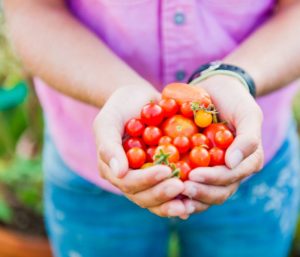
Once your vegetables have matured, it’s time to harvest them. Most vegetables are ready to harvest when they are fully grown and have reached their full color. To avoid damaging your plants, use a sharp knife or scissors to cut the vegetables from the stem. Be sure to harvest your vegetables regularly to encourage new growth and prevent overcrowding.
Growing a vegetable garden in a greenhouse can be a fun and rewarding experience. By choosing the right vegetables, preparing the soil, providing plenty of light, controlling the temperature and humidity, watering and fertilizing regularly, and preventing and controlling pests, you can create an optimal environment for your plants to grow and thrive. With a little patience and care, you can enjoy a bountiful harvest of fresh, healthy vegetables year-round. Happy Gardening….


